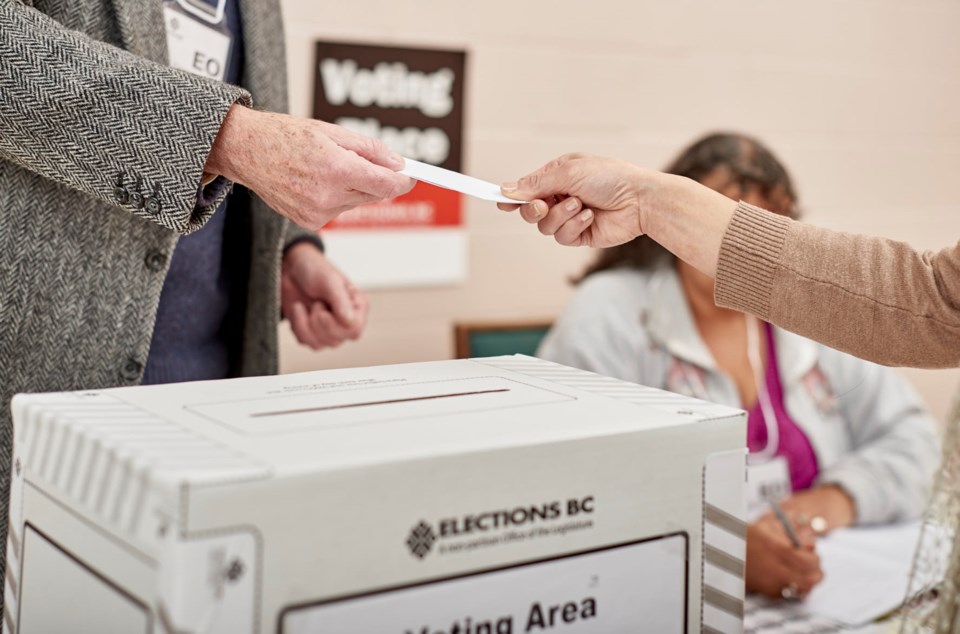There will be another important vote that will be happening just after Squamites cast their ballots in the Oct. 20 municipal elections.
At stake will be future of how elections are held throughout the province.
The province will be holding a mail-in referendum from Oct. 22 to Nov. 30 on whether B.C.’s voting system should be changed.
This referendum will not be first of its kind. A vote on election reform was held on 2005 and won about 57 per cent of the vote. But at the time, 60 per cent was required to spur a change.
Since then, the debate has continued on whether the province’s current voting system, First Past the Post, is the best way for B.C. to hold its elections.
Critics say that it leads to a large number of throwaway votes, which forces participants to vote strategically rather than for the representatives they actually want.
In First Past the Post, the province is divided into electoral districts and each district is represented by one member of the legislative assembly, or MLA.
Voters mark their ballot for one candidate. The candidate with the most votes in the district wins and represents the district in the legislature.
In this referendum, residents will be asked whether they want to keep the current voting system or ditch it in favour of one of three alternatives.
The alternatives are:
Dual Member Proportional. In this system, most electoral districts are combined with a neighbouring district and represented by two MLAs.
Second seats go to parties so that each party’s share of seats in the legislature roughly matches its share of the province-wide popular vote. A party’s second seats are filled in districts where its candidates did particularly well. Parties need at least five percent of the vote to get any second seats.
In Mixed Member Proportional there are two types of MLAs. District MLAs represent electoral districts and are elected using First Past the Post. Regional MLAs represent groups of electoral districts called regions.
They are elected from a party list so that each party’s share of seats in the legislature roughly matches its share of the province-wide popular vote.
Rural-Urban Proportional combines two different proportional voting systems: Single Transferable Vote (STV) and Mixed Member Proportional (MMP).
Voters in urban and semi-urban districts use STV to elect multiple MLAs for their larger electoral district.
More details on each system can be found at elections.bc.ca/referendum/voting-systems/
Residents across the province can expect to receive a voting package in the mail with written instructions on how to vote.
Source: Elections BC




